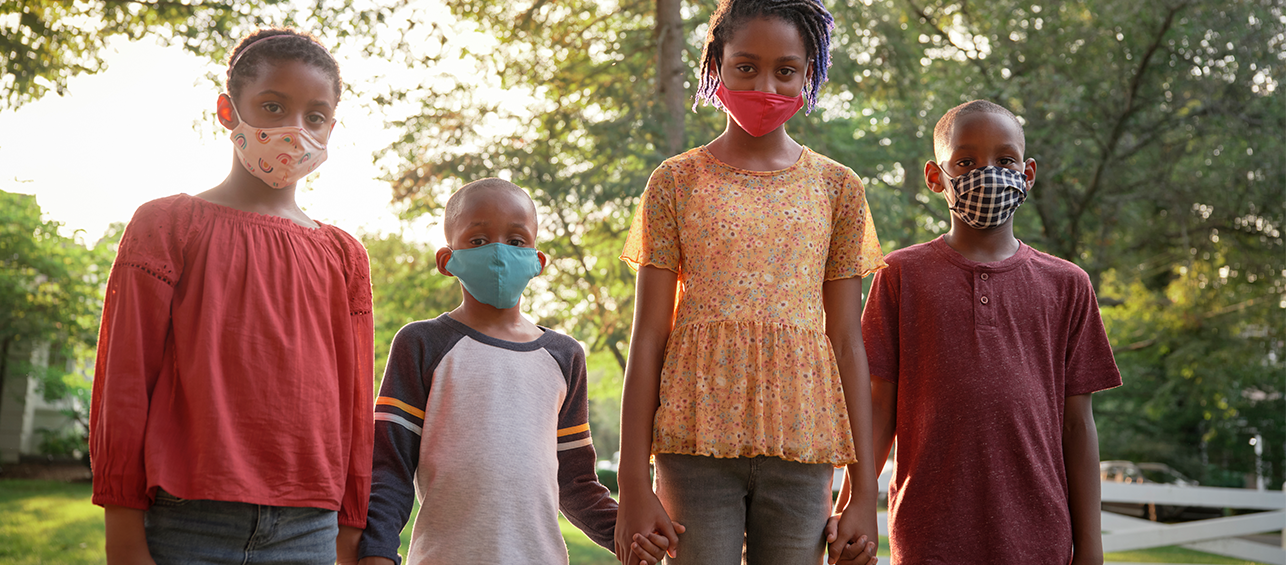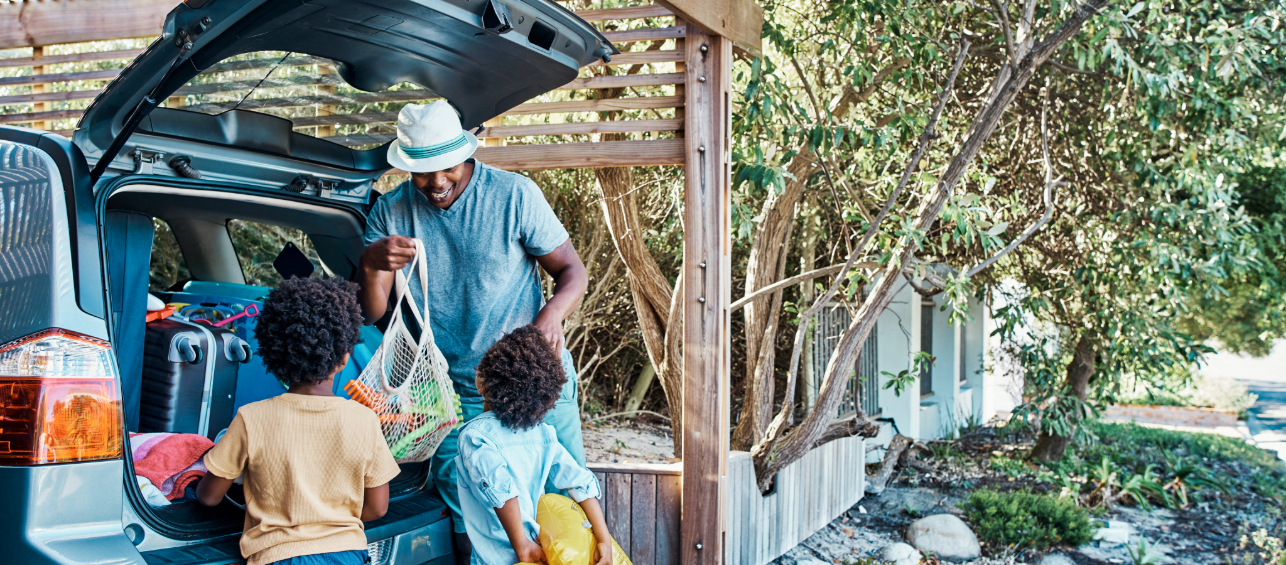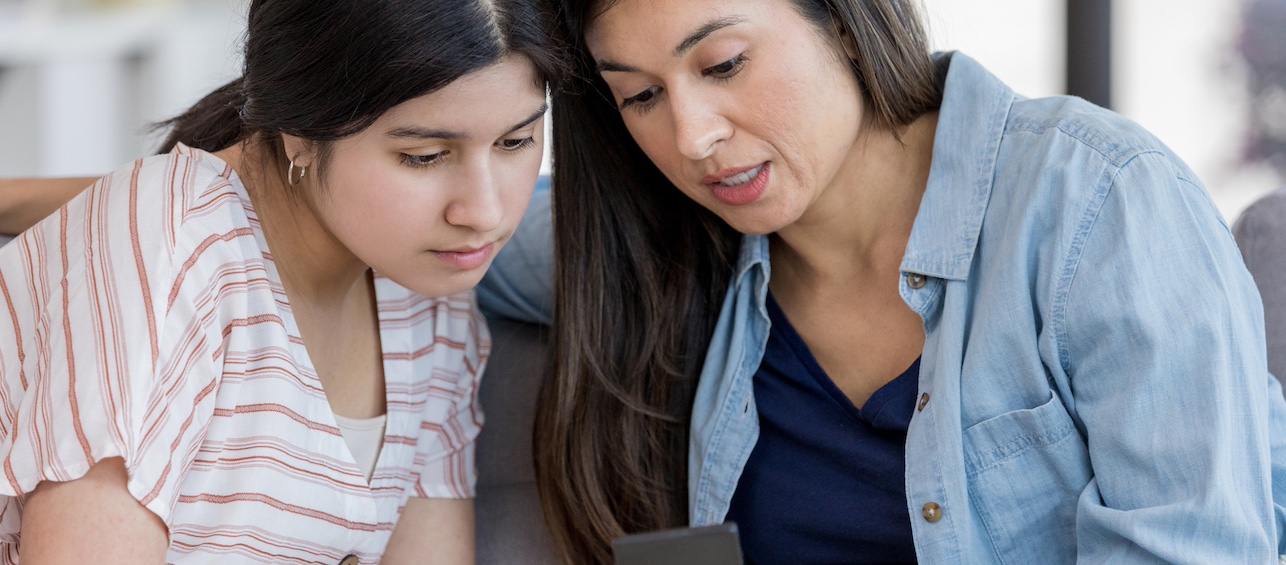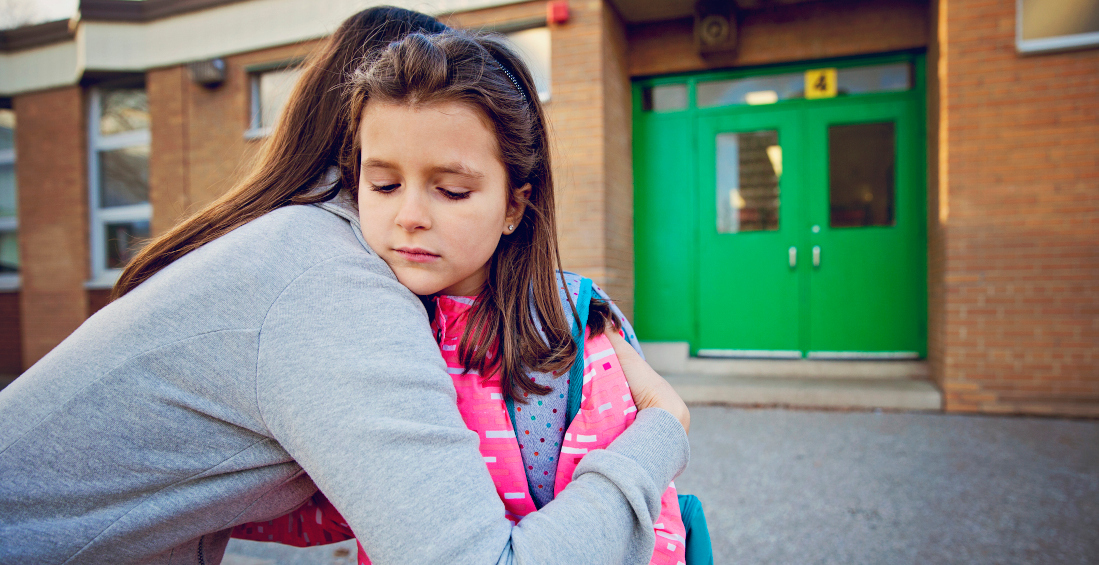It is impossible to escape the tragic acts of violence against Black persons in our country, but the unfortunate reality is that children of all ages are exposed to these acts of racism.
Research is clear that exposure to racism adversely affects the physical and psychological health of children and follows them into adulthood [1]. One does not have to be a victim of racism to be harmed. The exposure does not have to be direct or overt to cause negative health outcomes [2]. Viewing graphic cell phone video of police actions on social media, watching news coverage of racial health disparities in health care, and talking or overhearing conversations about racially-charged events with friends and family – all take a toll.
While conversations about social injustice have been a common occurrence for families of color who do not have the luxury of being able to decide whether to talk to their children about racism, these conversations may be new territory for White families who are just beginning to understand their privilege and responsibility.
Parents and caregivers play a critical role in helping children to process these racist events and learn what to do when they are confronted with racist behavior. Racism can occur in different forms and ranges from subtle (e.g., unconscious bias, unequal treatment) to overt (e.g., physical violence, verbal threats). In our first blog in the series dedicated to race and racism, Dr. Angela Scott provided practical ways in which parents and caregivers can talk to their children about race and racism. Today, we continue our blog series by identifying steps that parents and caregivers can take to help children navigate racism when they encounter it.
- Acknowledge Racism Exists – Racism cannot be addressed unless it is acknowledged. You can tailor the conversation to the child’s age and comprehension level by asking children questions about what they are hearing and thinking and letting their experience be your guide. It is important to talk to children about how people are treated differently because of the color of their skin and, with older children, to discuss how this unjust treatment unfairly advantages some and disadvantages others. Creating space for these conversations allows children to feel safe and is the first step in preparing them to challenge these issues when they arise.
You do not have to have all of the answers to engage in these important conversations with your children. In fact, sometimes it is good to model how to seek out and learn new information with your children. It is also important to take time for self-reflection as we all have worldviews that impact how we act and communicate about race and racism. Expanding our knowledge and experiences allows us to broaden our worldviews. For more resources, I encourage you to read this previous blog post and news article, or watch this Ted Talk.
- Stand Up To Racism – Finding ways to stand up to racism when you see it teaches your children that racist behavior is not acceptable. Children respond to your actions. It is up to parents and caregivers to model the behaviors we want to see in our children. Standing up to racism with your children present varies from directly engaging in conversation with a person, to walking away from someone when they say something inappropriate if it is not safe to engage. The most effective conversations are marked by clear communication (e.g., I see things differently from you, That is not okay with me), neutral engagement (e.g., calm tone of voice, composed body language), and genuine curiosity (e.g., Help me understand what you mean?, What makes that joke funny?). Additionally, by standing up to racism you are helping your child to attribute the negative and hurtful behavior to the person engaging in the racist behavior and not to a projected weakness or shortcoming of the targeted person or group. It is important to always assess the situation to make sure that the actions that you take to challenge racism do not model something you do not want to teach (e.g., anger, name calling) and do not put you or your children at risk. If someone is in imminent danger or if you feel like the situation could get violent, call 911.
- Support the Person Who is the Target – If the racism was directed at a specific person, consider turning your attention to the person and offer support and solidarity. Make eye contact. Sit next to them. Engage in conversation. Ignore the person who made the racist comment or act. Supporting the affected person puts the attention on the problem – someone has been hurt and they may need care – and removes attention from the person causing the hurt. This often makes their behavior subside. By offering support, you are modeling kindness and empathy and also communicating that the racist behavior is not okay. If there are other people around you, recruit them for help and support.
- Report the Racism – Consider reporting the racism to appropriate authorities. This may include police, security, school officials, management, or using social media to inform the public. Reporting demonstrates that racist behavior is not acceptable and may help to hold the person responsible for their actions.
-
- The decision to report is not always easy to make and, in some situations, the consequences of reporting may outweigh the benefits. Reporting should be done with permission from the victim.
- Document what happened in detail as soon as possible – making sure to include what was said or done that was racist or biased. If you are able and it is safe to do so, record the behavior on your phone.
- If there was a crime, file a police report and report the incident as a hate crime. You can also file a report with your local FBI field office through the Civil Rights Program.
- If there was no crime, alert relevant management, security, or school officials as to the racist behavior so appropriate action can be taken.
- Check In With Your Child After the Encounter – Ask your child how they are thinking about and processing what they just witnessed and experienced. Take time to listen and sit with them in it. It is okay to let your child see that you too feel scared, sad, hurt, and even angry. Modeling the expression of these emotions in healthy ways teaches children that what they are feeling is okay and creates a space for you to navigate these feelings together. Counter the racist messages and remind your child that most people do not think or act that way or intend to be hurtful. There is no one right way to support your child. You know your child and you can help them to navigate this stressful moment. Trust yourself.
- Coach Your Child in How to Respond – If your child sees you stand up to racism and support the person being hurt, they may feel compelled to act as well. Coach your child how they can respond when they encounter or experience racism. You can help your child learn simple phrases (e.g., That is not very nice, I don’t agree with what you said) that demonstrate disapproval without engaging the person who made the racist comment or act. Practice using these phrases through role-playing. Teaching your child to be an ally to peers who are being targeted is also a powerful tool to challenge hate. Discuss the importance of making safety a priority and ensure your child knows specific safety behaviors (e.g., walking away, finding an adult).
Conversations about racism can be difficult. Confronting racism when we encounter it can be even more challenging. By actively engaging in both, we are teaching kids to be kind and to value and respect others. These acts can help disrupt the cycle of racism for our children.
[1] Williams, DR, Lawrence, JA, & Davis, BA. (2019). Racism and health: Evidence and needed research. Annual Review of Public Health, 40, 105-125.
[2] Heard-Garris, NJ, Cale, M, Camaj, L, Hamati, MC, & Dominguez, TP. (2018). Transmitting trauma: A systematic review of vicarious racism and child health. Social Science & Medicine, 199, 230-240.
Editor’s note: This blog post is the second in a series posts offered by a collaborative panel of experts within our division of Behavioral Medicine and Clinical Psychology. We will continue to provide education about race and racism, as well as helpful tools to use when tackling this tough issue with kids.







I have two mixed children that have problems with this, and are always being picked on so if anyone can send me info on ways for them to cope with this would be great.